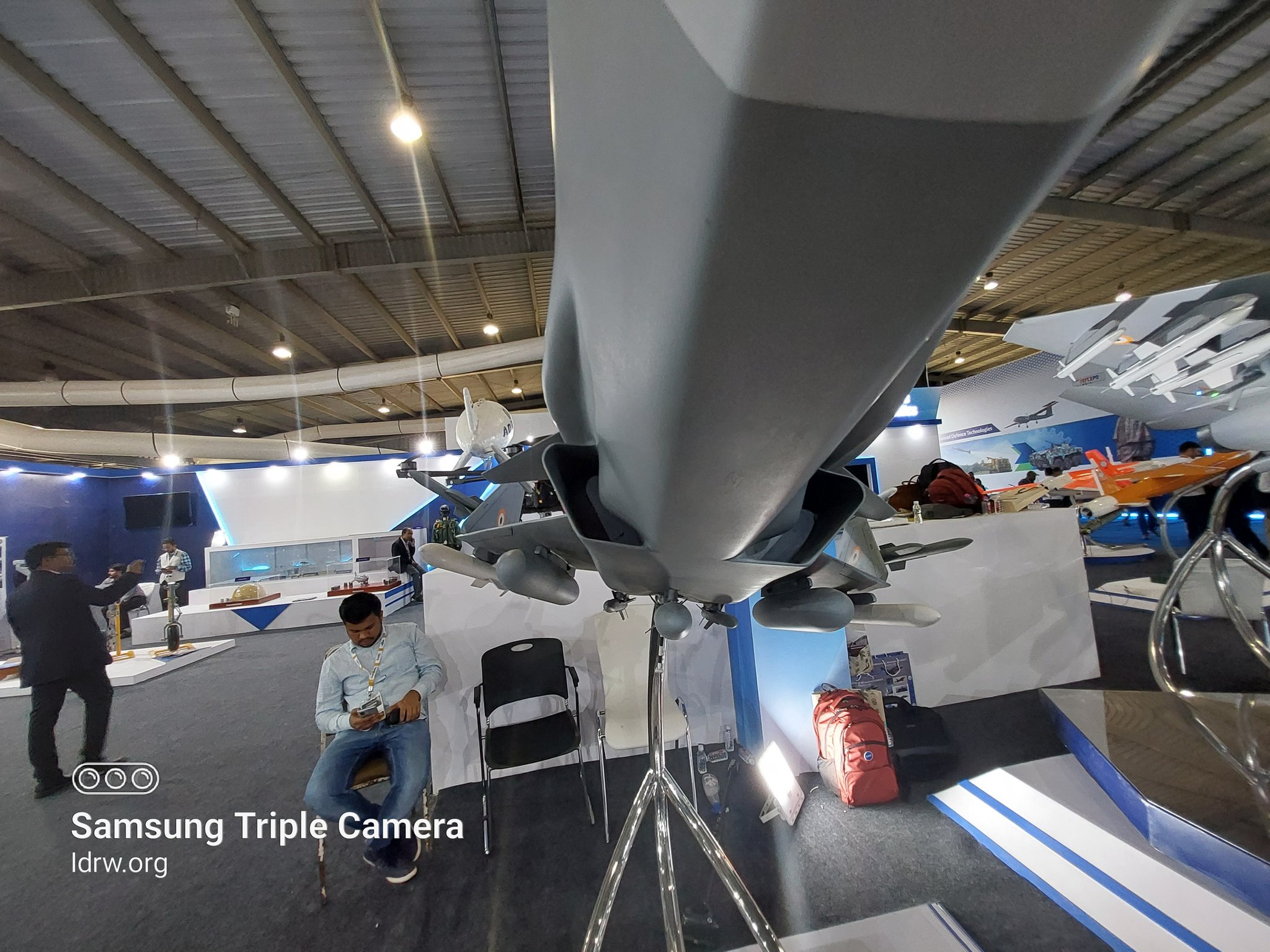SOURCE: RAUNAK KUNDE / NEWS BEAT / IDRW.ORG


As technology propels the evolution of aerial warfare, the Defense Research and Development Organization (DRDO) has confirmed that the Indian Navy’s upcoming Twin Engine Deck Based Fighter (TEDBF) will forego the traditional internal 30mm cannon seen in fighter jets. The 26-ton TEDBF, slated to replace the Russian Mi-29K fighter jets for Indian Aircraft carrier operations, will opt for a podded 30mm cannon, a design choice aligning with modern air combat trends.
Unlike its predecessors, the TEDBF will house the 30mm cannon in a pod attached to the centerlines between the weapons bays. This configuration enhances the fighter jet’s versatility, making it well-suited for engaging ground or sea-based targets. However, it may diminish its effectiveness in close-in dogfights with other aircraft, a scenario where internal cannons traditionally played a crucial role.
The decision to adopt podded cannon systems reflects a broader shift in air combat dynamics. According to research by the Center for Strategic and Budgetary Assessments (CSBA), cannon guns accounted for over 65% of air-to-air kills until 1969, when air-to-air missiles were considered less reliable. However, by 2022, air-to-air kills worldwide had dwindled to just 5%, showcasing the increasing reliability and efficacy of modern air-to-air missiles.
While internal cannons were once the “last resort” weapons for fighter jet pilots, technological advancements and the improved performance of air-to-air missiles have relegated them to a fading role. The TEDBF’s adoption of a podded 30mm cannon aligns with contemporary air combat strategies, emphasizing the importance of precision-guided munitions and advanced missile systems in modern aerial warfare.
NOTE : Article cannot be reproduced without written permission of idrw.org in any form even for YouTube Videos to avoid Copy right strikes. Websites doing illegal reproductions will get DCMA and Legal Notices.